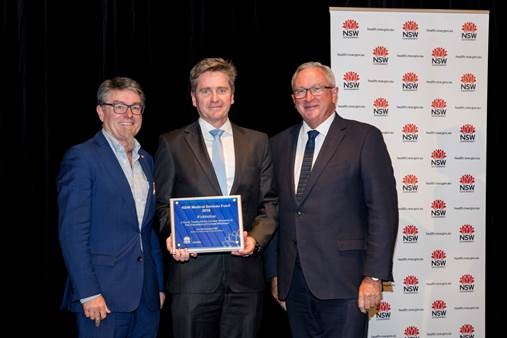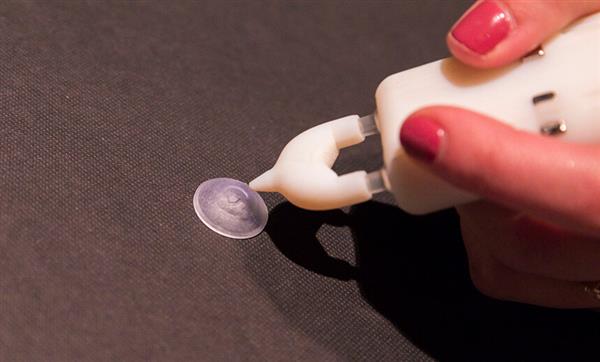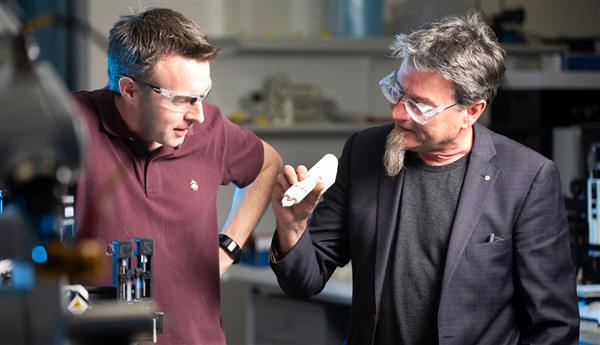The University of Sydney has been granted a funding of $1.1 million for iFix, a medical device that uses special ink to ‘colour in’ and treat eye injuries.
This is certainly the first time a 3D printing pen is exploited in the medical industry and this innovation is the achievement of Pr. Gerard Sutton and his team from the University’s Save Sight Institute. The intellectual property of the technology used belongs to both the University of Sydney and the South Eastern Sydney Local Health District.

iFix
iFix releases an ink called bioink onto the eye that enables corneal cells to regenerate and create a biological barrier to infections.
iFix might be a solution to corneal ulceration in Australia and in other countries. Indeed, according to Professor Sutton, some advantages in the use of this pen is that it can reduce patient pain as well as their recovery time through deployment of antibiotics.
 “The iFix pen is one part of an overall corneal bioengineering project and, with the support from The Big Idea and the Medical Devices Fund, we are also hoping that within the next five to 10 years, we will be able to develop a 3D bioengineered cornea.”
“The iFix pen is one part of an overall corneal bioengineering project and, with the support from The Big Idea and the Medical Devices Fund, we are also hoping that within the next five to 10 years, we will be able to develop a 3D bioengineered cornea.”

Until now, in the medical industry, 3D printing technologies have enabled the creation of a 3D printed artificial eye as well as a 3D printed cornea. Those advancements do not only contribute to promote local innovation in a given country but above all to create a thriving medtech industry.
For further information about 3D Printing, follow us on our social networks and subscribe to our newsletter
Would you like to subscribe to 3D Adept Mag? Would you like to be featured in the next issue of our digital magazine? Send us an email at contact@3dadept.com
//pagead2.googlesyndication.com/pagead/js/adsbygoogle.js
(adsbygoogle = window.adsbygoogle || []).push({});





